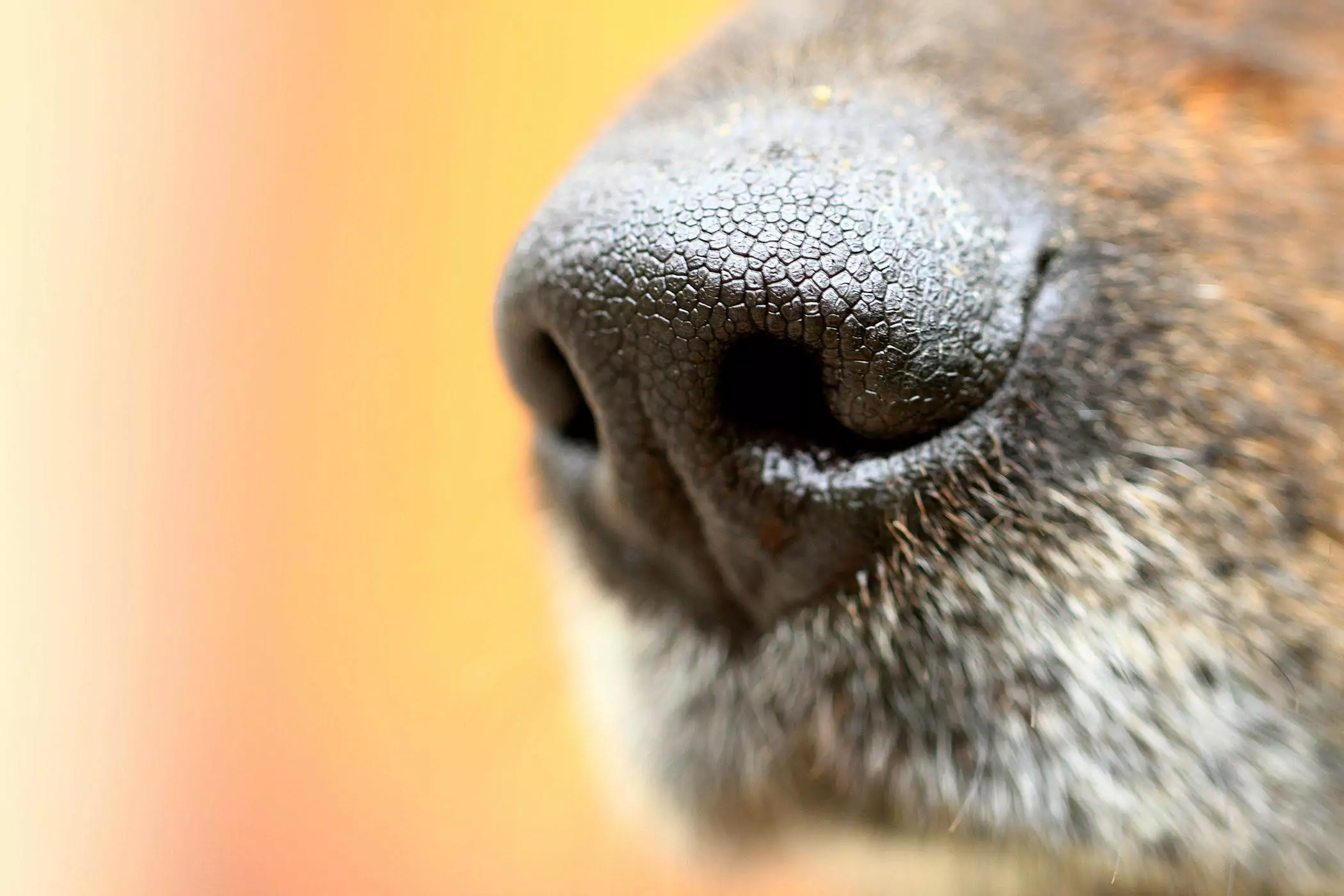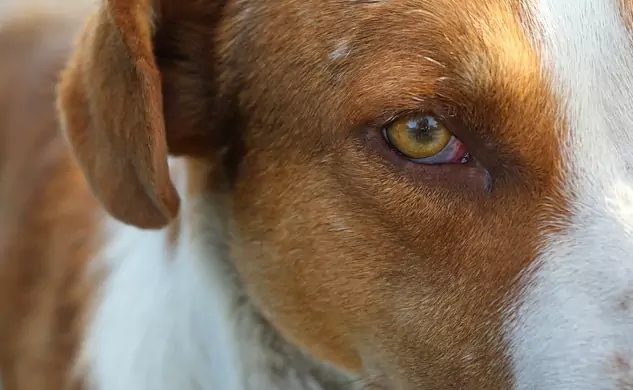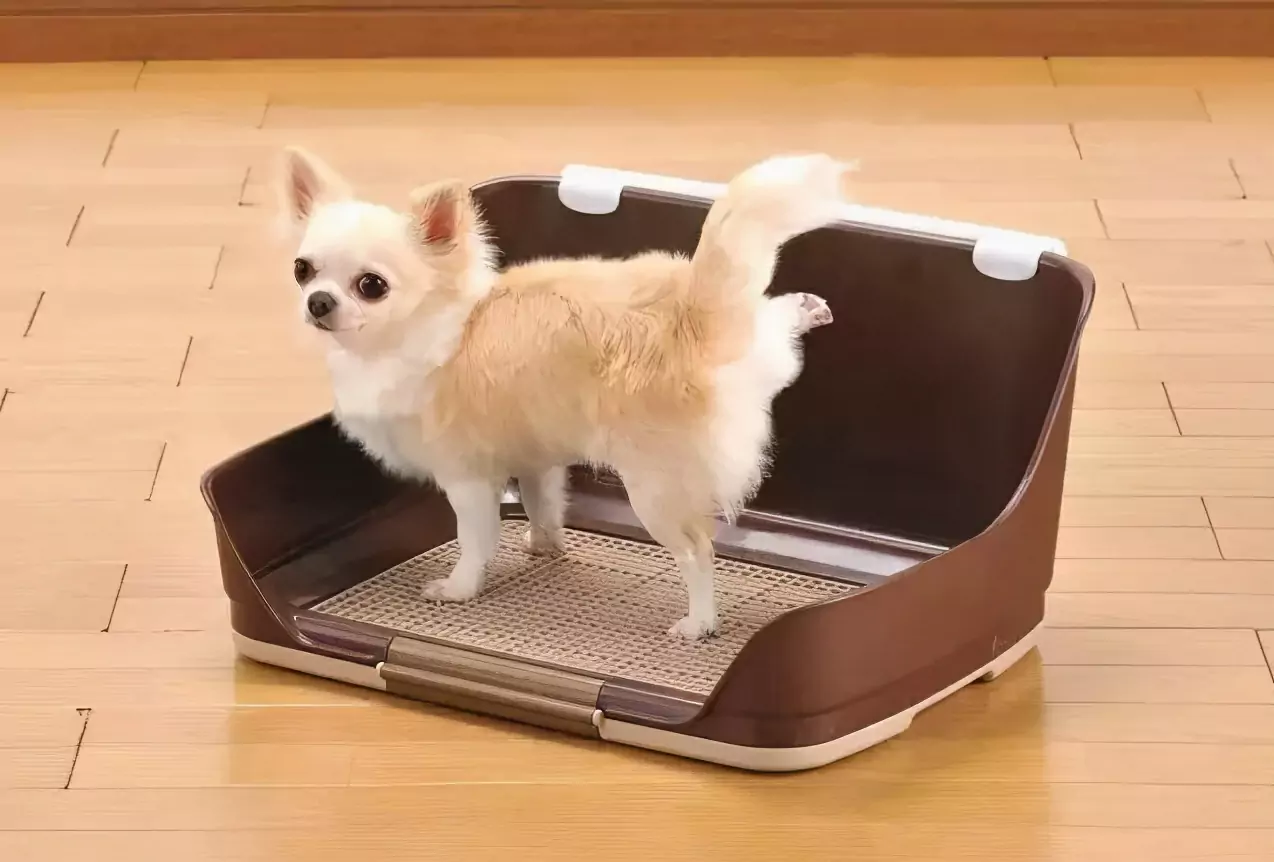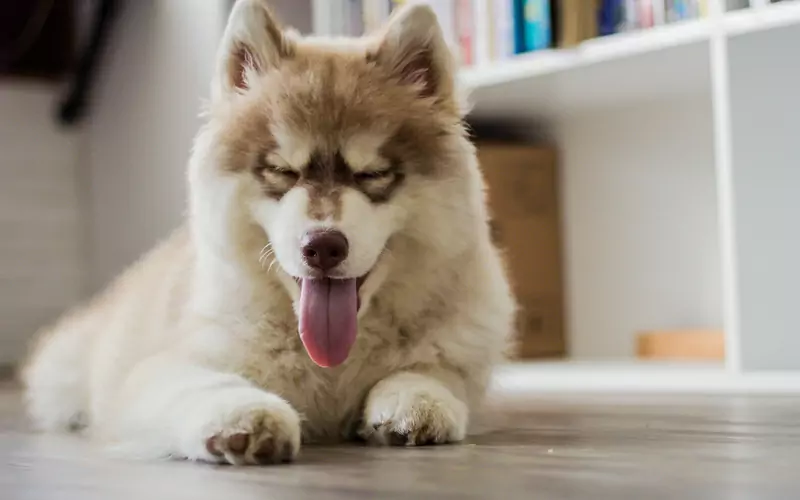Why do cats drool? Common causes of drooling in cats
2022-07-08
The term "drooling" is mostly used to describe the delicious taste of food, such as drooling in the face of food cravings. However, does this term mean the same thing in cats?
No, "drooling" is a dominant symptom in feline pathology, a precursor to disease. Cats do not drool when they crave, and they do not do so under all normal circumstances. If your cat is drooling, you should be alert to the fact that this is not a good sign and you need to find out the cause and solve the problem as soon as possible. Why early treatment is necessary, Dayao tells an easy-to-understand reason: food intake is very important to cats, and drooling will directly affect appetite and nutrition acquisition, when the internal nutrition supply is insufficient, various hidden or visible diseases will come to the door, and this process usually occurs within 24-48h. The most common form of hepatic lipidosis, fatty liver, also begins in cats with anorexia, a lethal biliary depression in the liver.
The next section provides information about "drooling" in cats. The following article consists of three parts: common disease causes of cat drooling, common non-disease causes of cat drooling, and Dayao's summary of "simple home diagnosis". For your convenience, as usual, I will bold the key points, so if you are interested, please consider reading the whole article in detail.
I. Common disease causes of cat drooling
The majority of cat drooling in life is caused by disease, and many diseases cause this symptom, one by one.
1, caused by viruses, cats infected with the feline herpes virus (FHV-1) or cup virus (FCV), can cause excessive salivation. It is usually accompanied by sneezing, tears, and loss of appetite. Several different strains of FCV can also cause arthritis (usually of the extremities), nasal tip ulcers, and interstitial pneumonia in cats.
2. Upper lip ulcers caused by this area are below the nose and above the lips, and small sores visible to the naked eye, which sometimes heal themselves and sometimes develop around them.
3銆丮outh and tongue ulcers caused, which are relatively easy to understand, are the tongue or mouth lining ulcers.
4, caused by dental diseases, usually damaged teeth, commonly canine teeth or molars. It may also be feline periodontal disease, usually manifested as simple subclinical stages of gingivitis or more severe progressive periodontal disease.
5. Damaged salivary glands can also cause drooling due to infection or damaged salivary glands.
Drooling" in cats is not a good sign and requires the owner to be alert and identify the cause as soon as possible.
Some other major diseases can also cause drooling and need to be diagnosed through biochemistry, blood tests, and indexes of the corresponding organs.
1. Cat Carias, which is also a highly contagious upper respiratory disease, drooling may be accompanied by fever, anorexia, lethargy, weight loss, and other symptoms, commonly affecting newborn kittens or older cats over 8 years old.
2, renal failure, divided into acute and chronic, is a clinical syndrome of reduced renal function.
3銆丟astrointestinal diseases.
4, cat epilepsy, refers to an intermittent seizure characterized by spasms from the brain, the onset of the disease will be drooling before.
5銆丗eline leukemia (FeLV).
6. Feline AIDS.
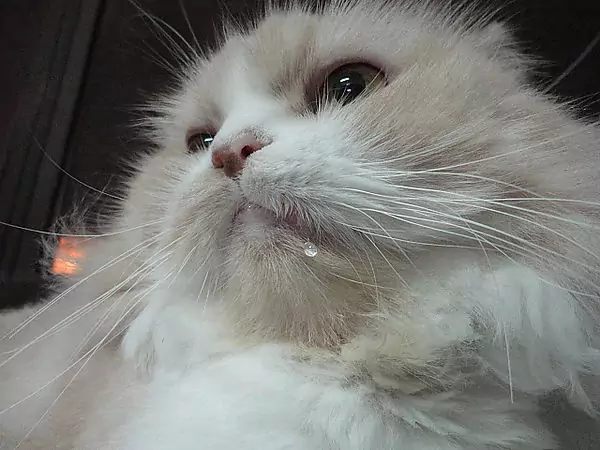
II. Common non-disease causes of cat drooling
After explaining the "drooling" caused by diseases, let's talk about the "drooling" caused by non-diseases.
1. Cats suffering from motion sickness, seasickness, and post-stunned cats will also drool. I would like to mention that in a short video platform you can often see the owner holding the cat or grabbing the limbs in a circle, I would like to say, please do not build happiness on top of the cat's pain, thank you.
2, take medicine, it is more common when taking internal worming medicine. Although drooling, still have to feed, deworming the cat's health benefits are too much.
3銆丒ating something that should not be eaten.
4銆丗ood stuck in the teeth.
5銆丳oisoning. For example, alcohol, some fruits or dried fruits (grapes, apricots, peaches, persimmons, etc.), some raw fish, edible salt and edible sugar, tobacco, etc.
6, too nervous or stressed.
7, two cats fighting, my family is, I have seen.
8, when overexcited, cats will also drool if they are very, very excited, but it is less common.
Cats may drool at these times as follows.
When eating: the pooper scooper can look at the cat bowl after the cat has eaten, sometimes it will be found that the cat's saliva also flowed out, perhaps because of anxious hard to eat cat food caused by.
When sleeping: cats sometimes drool when they sleep, for example, when they are tired of playing.
When fasting: some cats drool before meals and when they are hungry. This may be because they hear the shoveler's command to eat or smell the food and naturally drool.
When nervous: my fat orange will drool when she is nervous, so whenever I take her to the doctor, she will leave some drool in the cage
When comfortable: some cats will drool when they are being petted because they are in a good mood, making their whole body relaxed and the corners of their mouths can't help but become relaxed.
Cats are likely to drool at these 5 times, but it is not common, after all, they don't like to drink water.
Easy Home Diagnosis
Dayao has his own set of easy diagnostic protocols to share with you.
There are six specific steps.
1. First determine the duration of the drooling, whether it is transient or persistent. If it is transient, it is generally not a big problem and may be caused by stimulation of the cat's taste buds. If it is chronic, persistent drooling then proceed to the second step.
2. According to the common non-disease causes above, combine the actual situation and determine whether it is caused by non-disease causes. If not, go to the third step.
3銆丆heck the teeth and mouth, observe each tooth, and whether there are fractures and cracks. Observe the mouth and tongue for ulcers. Sniff the cat's breath to see if it is accompanied by bad breath. Determine if it is caused by oral diseases.
4. Re-examine all items in the home to see if they have been accidentally eaten by the cat. Determine whether it is caused by poisoning.
5. Observe if the cat has other symptoms besides drooling, such as sneezing, conjunctivitis, runny nose, etc. Continue to observe the spirit, appetite, walking posture, toileting (whether the stool is normal, urine is normal, toileting posture and length), etc. Record the symptoms and check them against all disease causes above.
6. Combine all the obvious symptoms to determine the scope of the disease, if you cannot tell, please hand it over to your veterinarian.
Cat "drooling" is not a good phenomenon, you need to be alert to identify the cause as soon as possible.
These are all the causes of drooling in cats that I can think of, including but not limited to these, but the specific disease must be diagnosed and treated according to the actual clinical symptoms. I would also like to say: that when you encounter a cat drooling, you must pay attention to it, do not think that the cat drooling is okay. When you get along with your cat, pay more attention to some small details of the cat, it may be because these small details can save its life. Do not delay when you encounter a disease, treat it in time, and do not let it become a permanent memory in your life because of a moment of negligence.
#
Cause
#feline flow
#symptoms
#drooling
#shovel excrement
#oral cavity
#Dayao
#common disease causes
#common non diseases
Was this article helpful to you?
Other links in this article
português (Brasil):
Por que os gatos se babam? Causas comuns de baba em gatos
中文简体:
猫为什么流口水?猫流口水常见疾病原因
中文繁体:
貓為什么流口水?貓流口水常見疾病原因
Comments
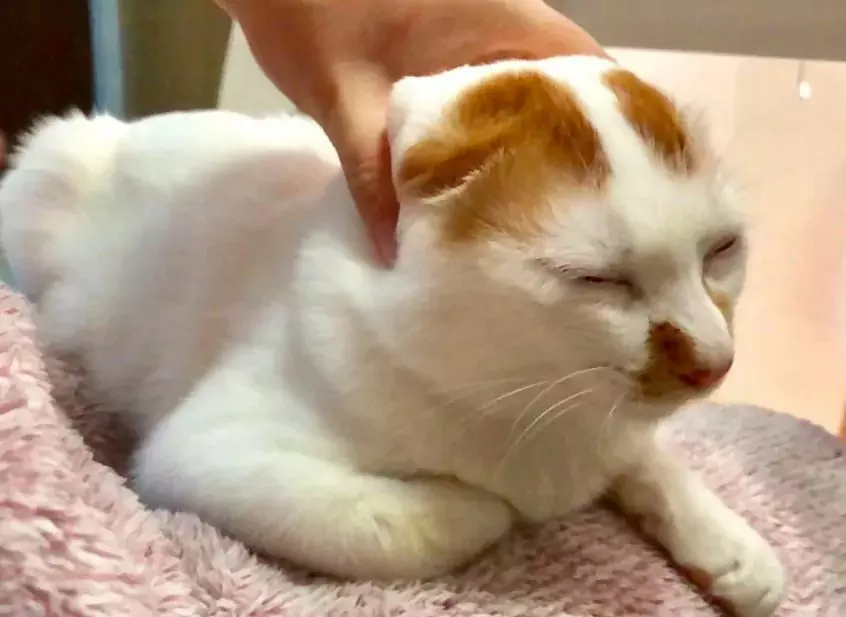
Why do cats sleep so much? How long do cats sleep in a day? Cats' sleep cycles, sleep habits, and dreaming
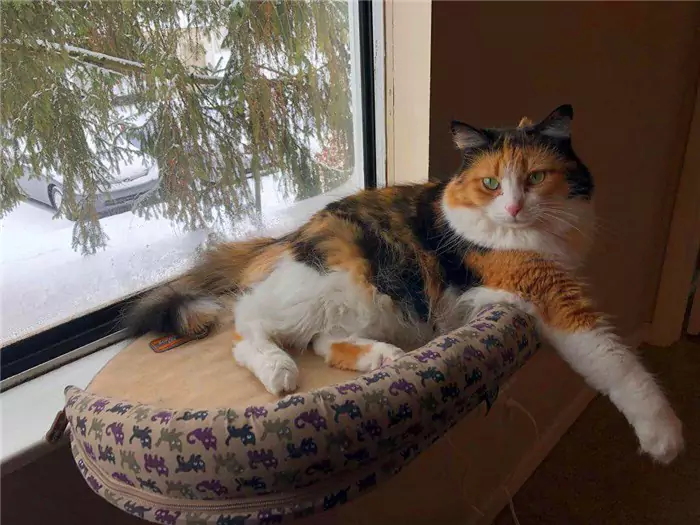
Why is my cat losing its hair?
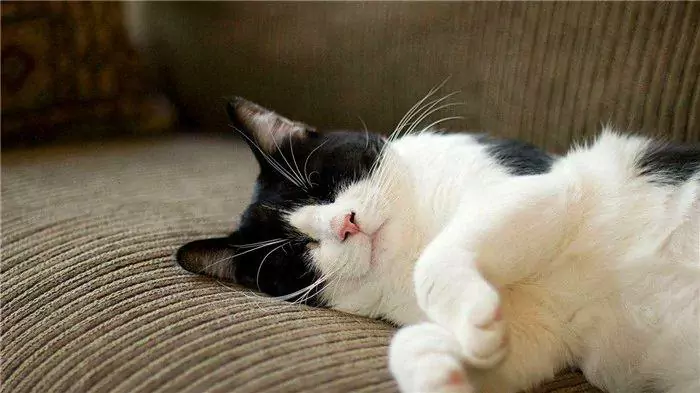
Why do cats purr?
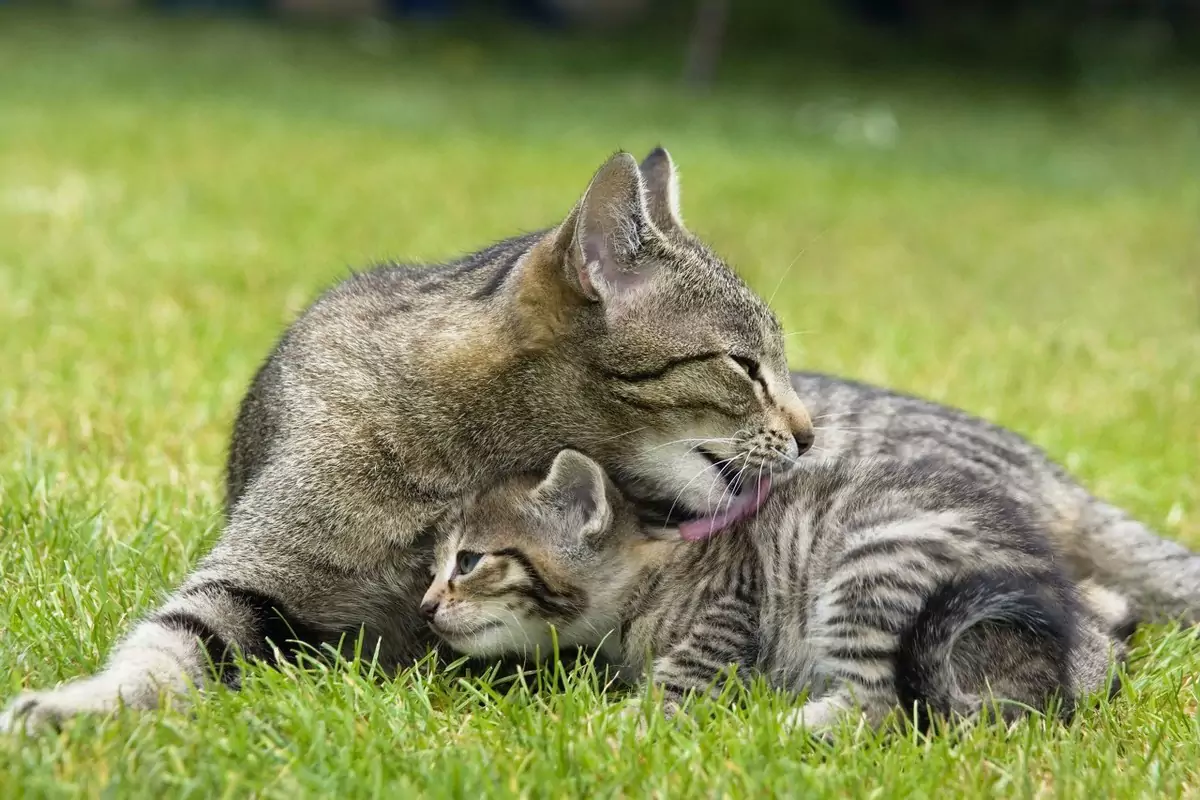
Why do cats groom each other?
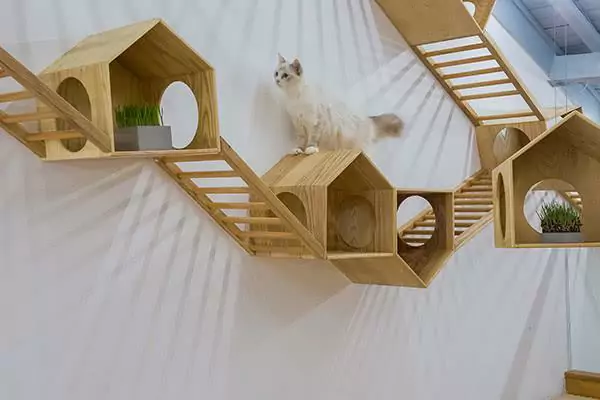
How long do cats live indoors? Do cats get lonely?
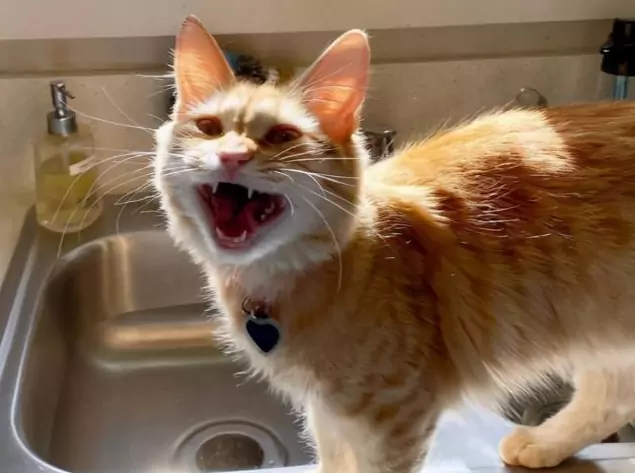
Why do cats make hissing noises? The origin of the hissing sound of cats
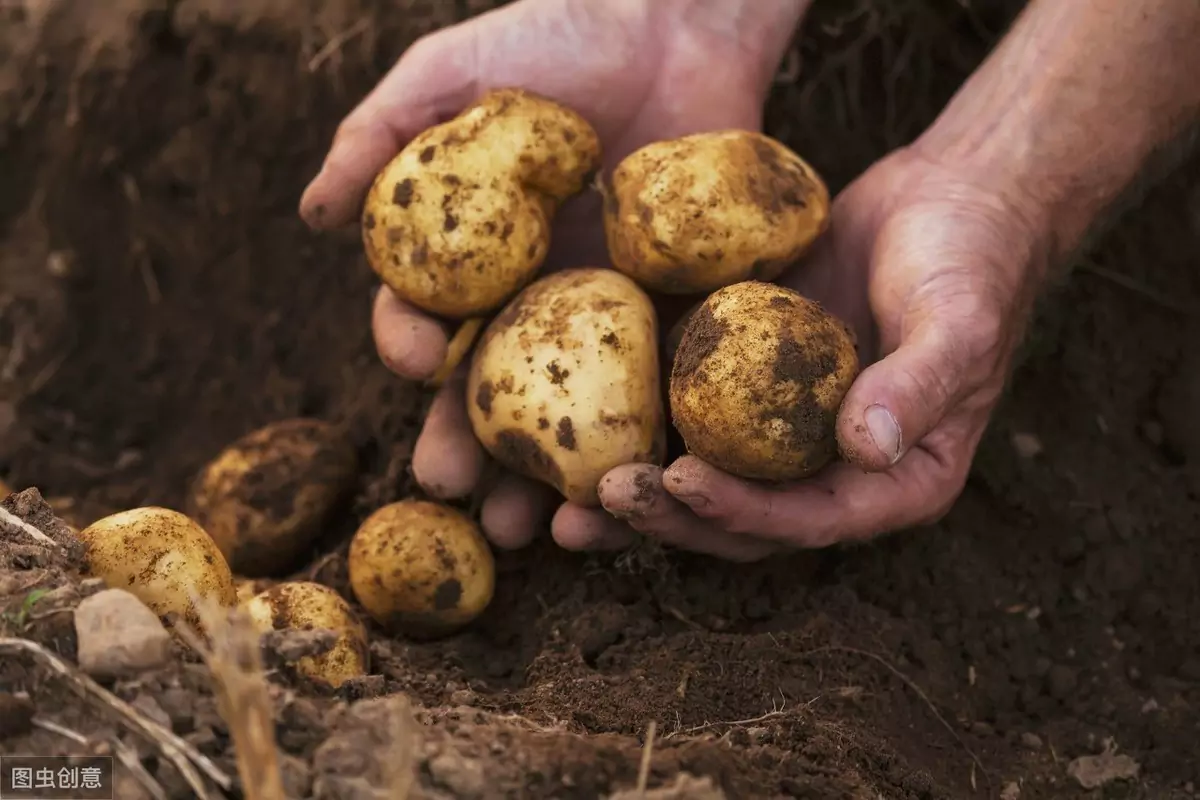
Are potatoes toxic to cats? What causes the onset of potato sprout poisoning in cats?
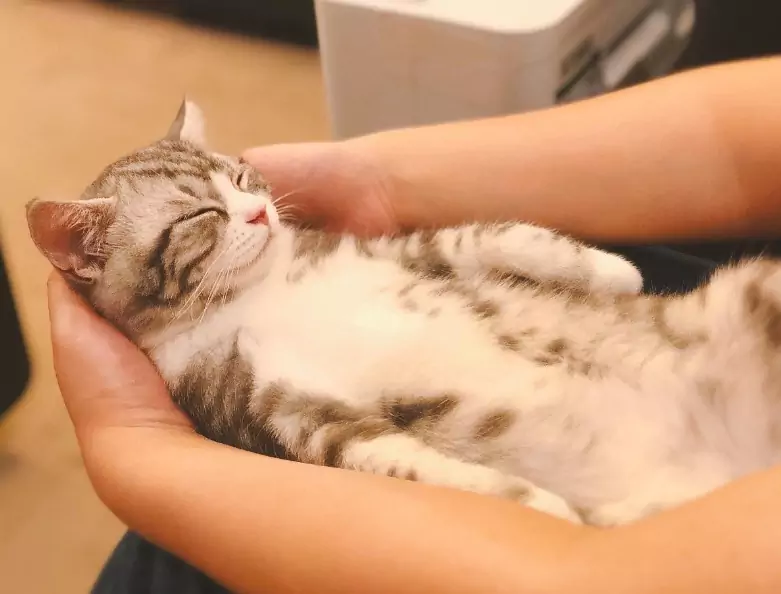
Why does my cat sleep on top of me? Reasons why cats like to sleep next to their owners
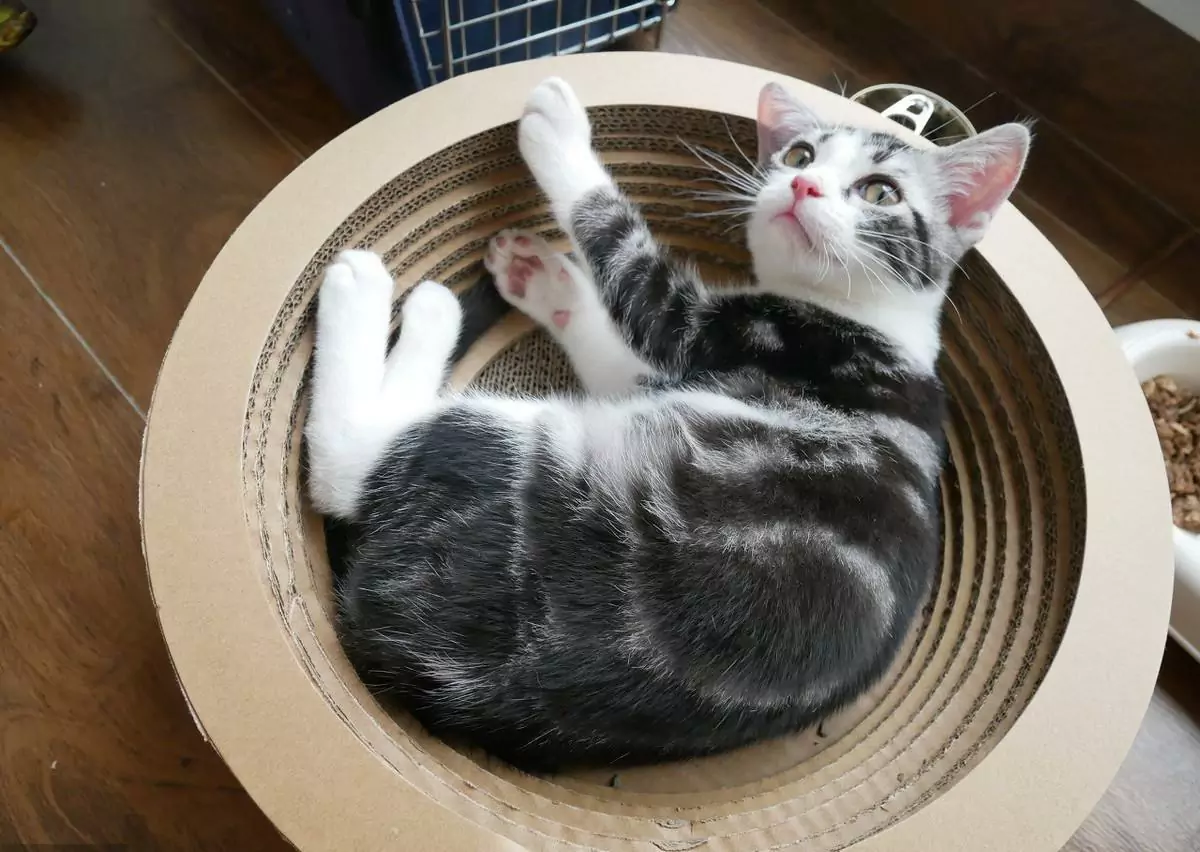
How do make cats like you? How to get cats to like us is quite simple
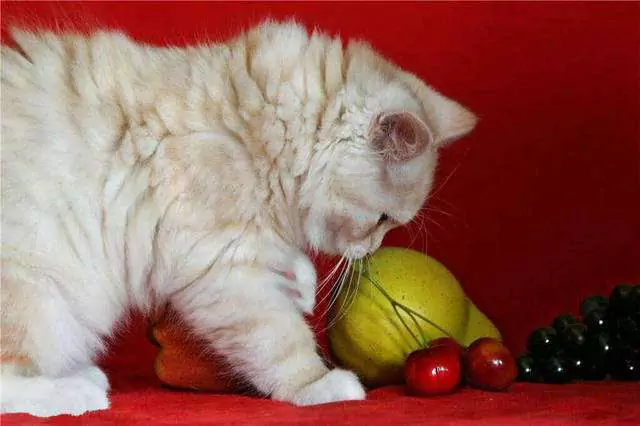
Can cats eat grapes? Why can't cats eat grapes?







